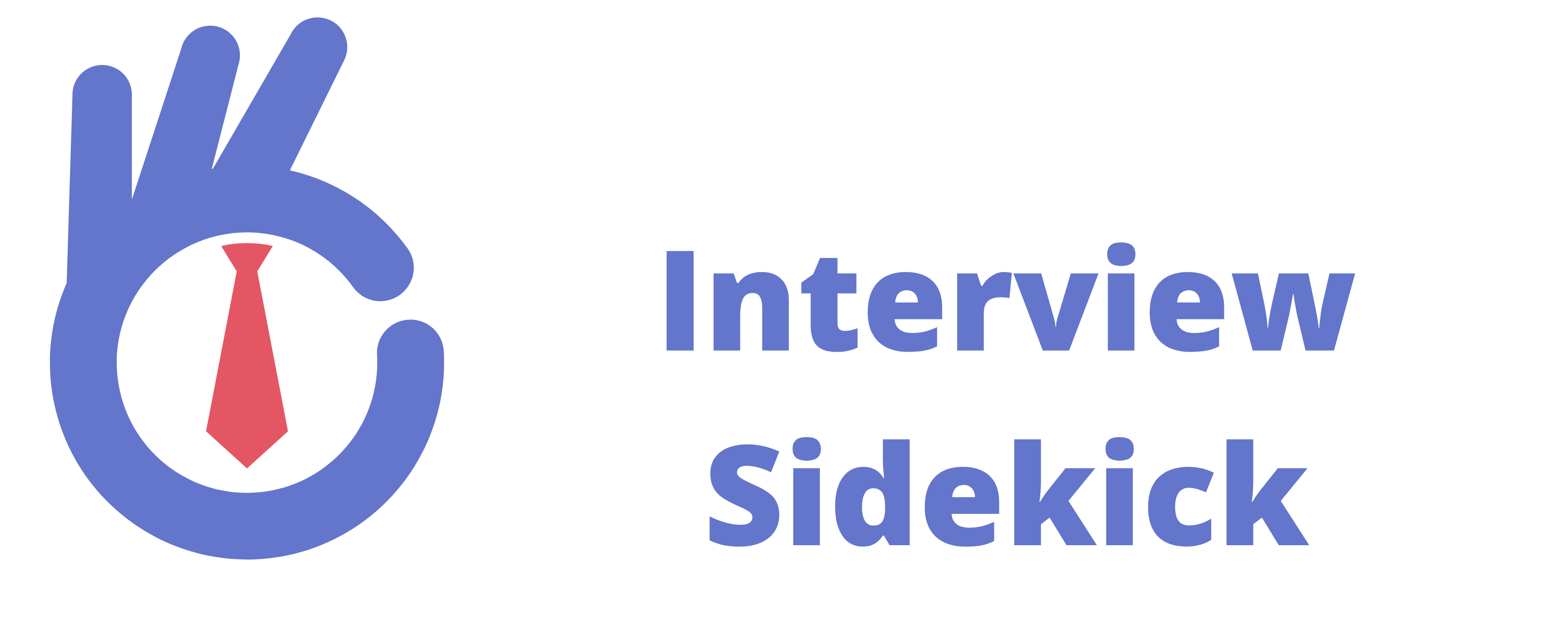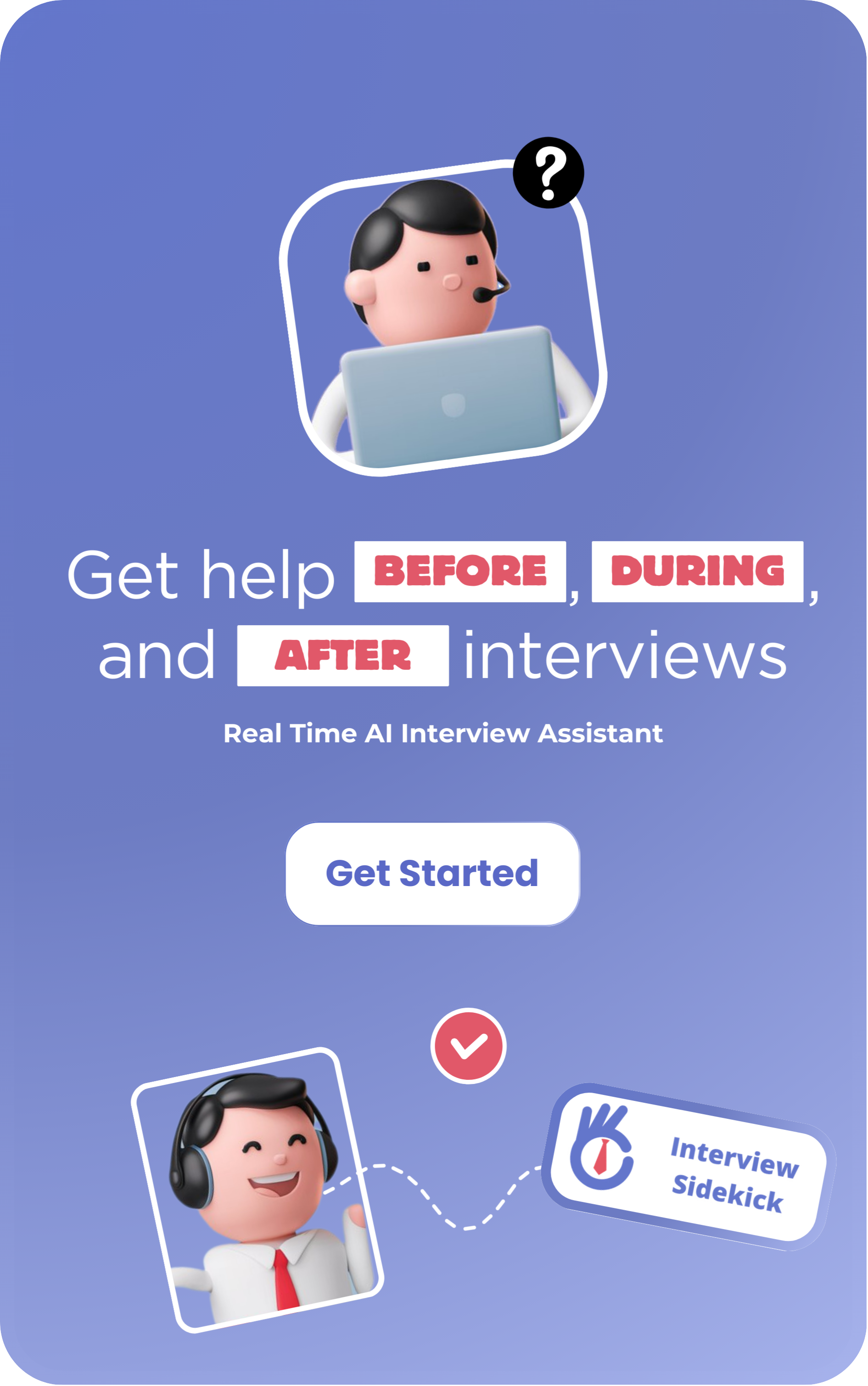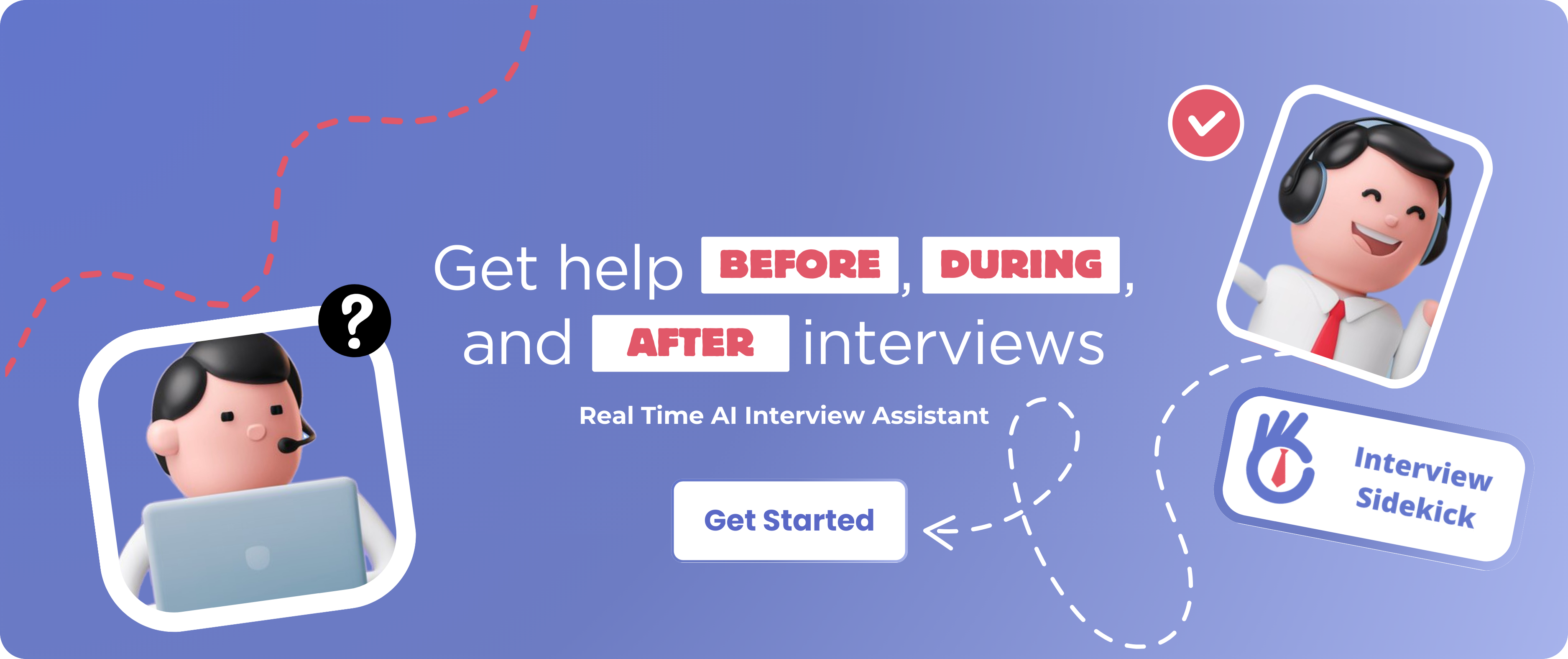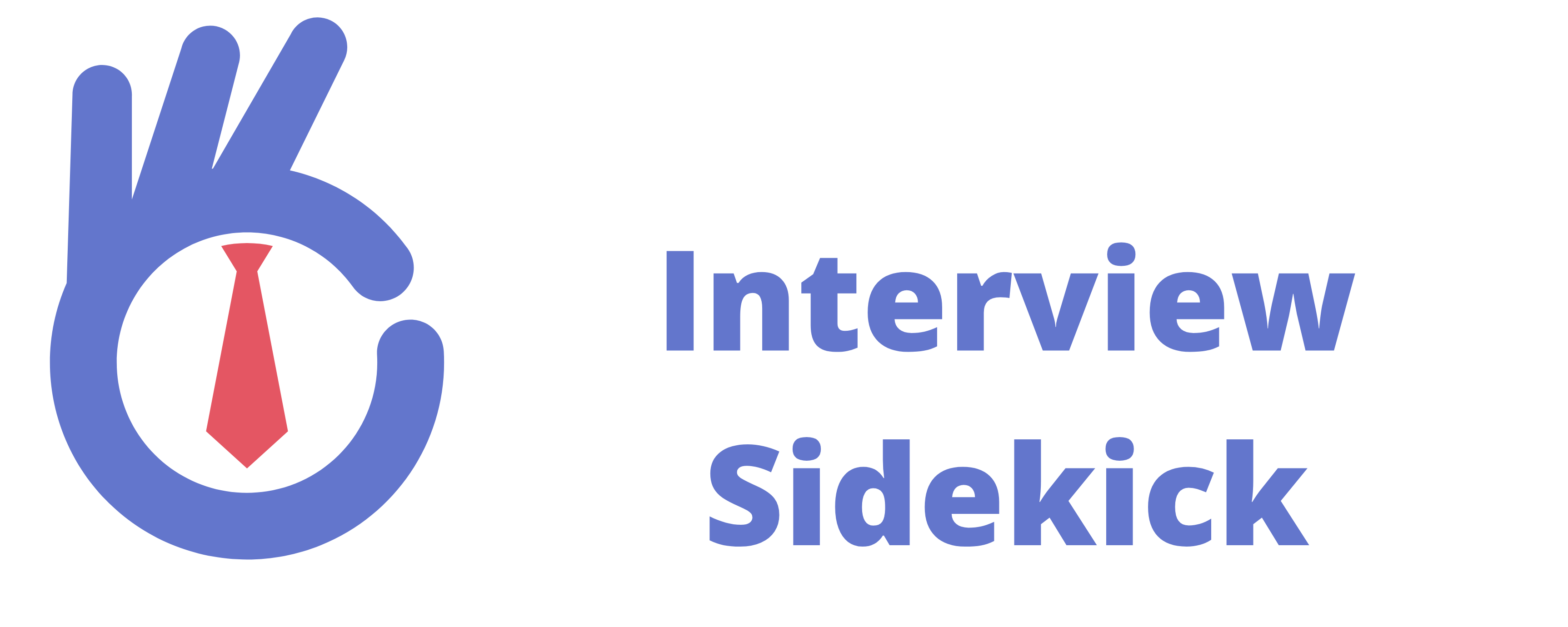Continuous Integration (CI) Engineers are responsible for automating the integration and testing of code across software projects. They ensure that developers can seamlessly integrate new code changes and maintain a smooth software development lifecycle. This guide will help you prepare for a CI Engineer interview, covering essential tools, best practices, and troubleshooting techniques.
Overcoming Common Interview Prep Pain Points
- Tool Mastery: Familiarity with a variety of CI tools like Jenkins, GitLab CI, CircleCI, and Travis CI is essential.
- Automation Challenges: Automating the integration process, including building, testing, and deployment, can be complex, especially in multi-platform environments.
- Pipeline Optimization: Ensuring pipelines are fast, efficient, and reliable while minimizing bottlenecks is crucial.
- Version Control Systems: Understanding how to manage version control systems like Git effectively within CI/CD workflows.
- Problem Diagnosis: Troubleshooting issues in the CI pipeline and identifying and fixing failures quickly.
Your 4-Week Preparation Roadmap
This 4-week preparation plan will guide you through mastering CI/CD concepts, tools, and troubleshooting strategies to ensure you’re well-prepared for your interview.
Week 1: Foundation of Continuous Integration Concepts
Focus: Understand the fundamental concepts of CI, the role it plays in DevOps, and key tools used for automation.
Daily Goals:
- Day 1: Study the definition of Continuous Integration and its importance in modern software development.
- Day 2: Learn about the core CI practices, including automated builds, unit testing, and version control integration.
- Day 3: Study how CI integrates into DevOps and Agile methodologies.
- Day 4: Understand the difference between Continuous Integration, Continuous Delivery (CD), and Continuous Deployment.
- Day 5: Learn about version control systems like Git and how to integrate them into CI workflows.
- Day 6: Familiarize yourself with CI pipeline structure: stages, triggers, and artifact management.
- Day 7: Explore the common CI tools (Jenkins, GitLab CI, CircleCI, Travis CI) and their usage in different environments. Test yourself using our Interview Question Generator.
Tip: Set up a basic CI pipeline using Jenkins or GitLab to automate building and testing a small project.
Week 2: Mastering CI Tools & Automation
Focus: Dive deeper into CI tools and automation practices, including setting up build pipelines and writing configuration files.
Daily Goals:
- Day 1: Study Jenkins and its ecosystem (Jenkins pipelines, Jenkinsfile).
- Day 2: Learn how to configure and trigger jobs in Jenkins, using webhooks for Git integration.
- Day 3: Explore GitLab CI, CircleCI, and Travis CI. Learn their configurations and how they compare to Jenkins.
- Day 4: Learn how to use Docker for containerization and integrate it into CI pipelines.
- Day 5: Study how to set up a simple CI/CD pipeline in GitLab or CircleCI, focusing on build, test, and deploy stages.
- Day 6: Understand the integration of automated testing frameworks (JUnit, Selenium, etc.) into the CI process.
- Day 7: Explore best practices for managing dependencies and version control within CI tools.
Tip: Create a CI pipeline for a simple Node.js or Java application using Jenkins or GitLab CI.
Week 3: Optimizing CI Pipelines & Troubleshooting
Focus: Learn how to optimize CI pipelines, reduce build times, and troubleshoot issues in the pipeline effectively.
Daily Goals:
- Day 1: Study strategies for optimizing CI pipeline performance, such as parallel builds and caching.
- Day 2: Understand how to handle failures in the CI pipeline and implement retry mechanisms.
- Day 3: Learn how to analyze and debug failing builds using logs and notifications.
- Day 4: Study test automation and how to manage flaky tests in CI pipelines.
- Day 5: Learn about integration testing in CI pipelines and managing third-party services.
- Day 6: Explore strategies for handling large monorepos with multiple services and how to optimize them for CI.
- Day 7: Study security practices in CI pipelines, such as secrets management, code scanning, and vulnerability testing.
Tip: Set up a basic optimization strategy in a CI pipeline by integrating parallel jobs and caching mechanisms.
Week 4: Real-World CI Scenarios & Mock Interviews
Focus: Prepare for real-world CI challenges and practice mock interviews to enhance your problem-solving and communication skills.
Daily Goals:
- Day 1: Review real-world CI implementation case studies and how CI transformed development workflows.
- Day 2: Prepare for scenario-based questions, such as designing a CI pipeline for a large-scale application.
- Day 3: Practice troubleshooting CI pipeline failures and optimizing build times for different environments.
- Day 4: Participate in mock technical interviews focused on CI tools, troubleshooting, and optimization.
- Day 5: Study common interview questions about version control, CI/CD, and automation best practices.
- Day 6: Understand how CI integrates with monitoring and alerting systems (e.g., Prometheus, Grafana).
- Day 7: Relax, review your progress, and focus on strengthening any weak areas.
Tip: Participate in a mock interview with peers or mentors to receive constructive feedback and refine your answers.
Bringing It All Together
By following this roadmap, you’ll master the core concepts of Continuous Integration and become proficient in using popular CI tools to automate and optimize the build and test process. Here are some additional tips for success:
- Keep Practicing: The more you work with CI tools, the more efficient and confident you’ll become. Hands-on experience is key to mastering CI pipelines.
- Stay Updated: CI tools and practices evolve rapidly. Keep learning about new features, tools, and best practices in the CI/CD space.
- Troubleshooting Skills: Being able to diagnose and solve issues in the CI pipeline quickly is crucial. Focus on improving your problem-solving and debugging skills.
- Collaboration & Communication: As a CI Engineer, you will often work with development, QA, and operations teams. Communicating clearly and collaborating effectively is essential. Practice with interactive resources like our Interview Question Generator.
With dedicated preparation, you’ll be well-equipped to handle the technical and practical challenges posed during your CI Engineer interview. Good luck! 🚀




